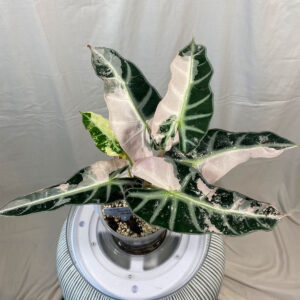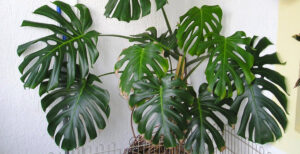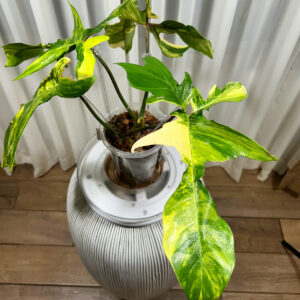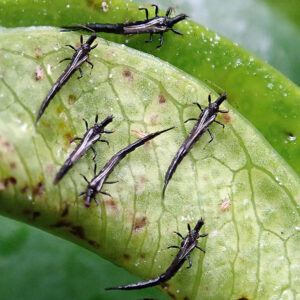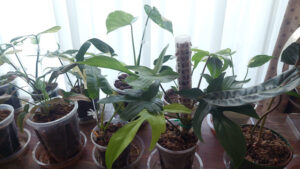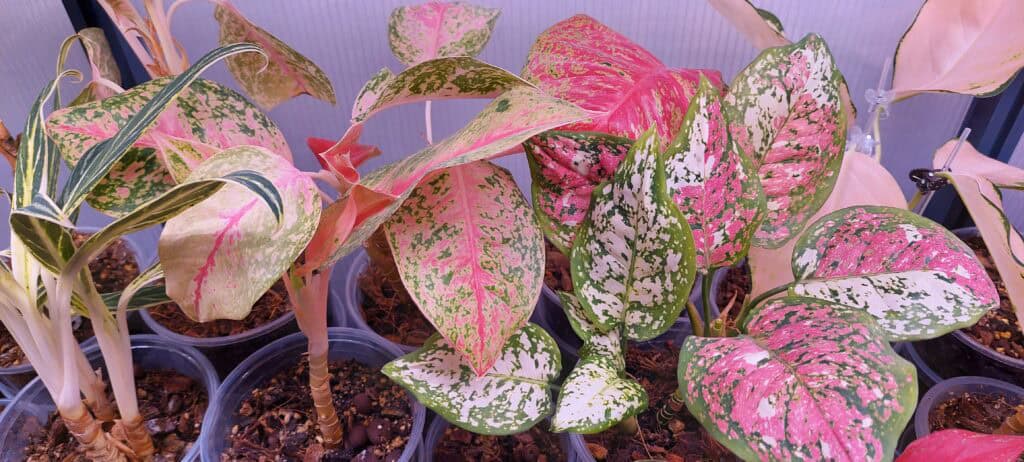How to Care for Aglaonema Plants
Introduction:
Aglaonema plants, also known as Chinese Evergreens, are beloved for their stunning foliage, low-maintenance nature, and adaptability to various indoor conditions. With a wide range of colors—from rich greens to pinks, reds, and creams—Aglaonemas offer beauty and resilience, making them perfect for both beginners and seasoned plant enthusiasts.
This guide will walk you through how to care for Aglaonema plants to help them thrive in your home or office.
Light Requirements for Aglaonema Plants
Aglaonemas are versatile when it comes to light. Most varieties prefer bright, indirect light, but they are also well-known for tolerating lower light conditions better than many tropical plants. This makes them ideal for rooms with filtered light or even interior spaces away from windows.
However, the more colorful or variegated varieties (such as pink, red, or white Aglaonemas) need more indirect light to maintain their vibrant patterns. Avoid placing them in direct sunlight, as this can scorch their delicate leaves.
Best practice: Place your Aglaonema near a north- or east-facing window or use a grow light if natural light is limited.
Watering Aglaonema Plants: Tips and Best Practices
Aglaonema watering needs are straightforward but essential for keeping your plant healthy. These plants prefer evenly moist soil, but not soggy. Overwatering is one of the most common problems and can lead to root rot.
Allow the top inch of soil to dry out between waterings. In cooler months, reduce watering frequency slightly. Aglaonemas don’t like to sit in standing water, so ensure your pot has drainage holes.
Pro Tip: Aglaonemas are more tolerant of slight underwatering than overwatering—when in doubt, wait another day to water.
Ideal Soil and Potting Mix for Aglaonema Plants
Aglaonemas prefer a light, airy, and well-draining potting mix. A good mix includes peat moss or coco coir, perlite, and orchid bark or sand. This combination retains enough moisture while allowing excess water to drain easily.
You can also grow Aglaonemas in semi-hydroponic setups, like LECA or passive hydro systems, which support consistent moisture and airflow around the roots.
Repotting every 1–2 years helps refresh the soil and encourages healthy growth.
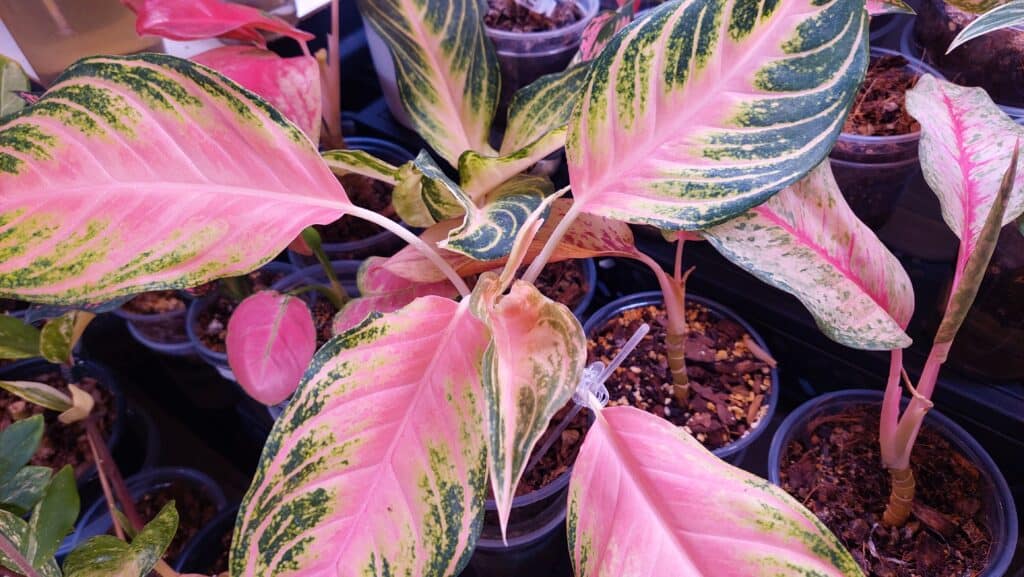
Humidity and Temperature for Healthy Aglaonema Growth
Aglaonemas thrive in average indoor humidity but appreciate moderate to high humidity levels. If your space is especially dry (below 40%), consider using a humidifier or placing a water tray nearby.
Temperature-wise, Aglaonemas prefer 65–80°F (18–27°C). Avoid cold drafts or sudden temperature drops, as they are sensitive to the cold. Extended exposure to temps below 55°F can cause leaf yellowing or dieback.
Fertilizing Aglaonema Plants: How and When
Aglaonemas benefit from regular feeding during the growing season (spring and summer). Use a balanced, water-soluble fertilizer (like 10-10-10 or 20-20-20) every 4–6 weeks. In fall and winter, cut back on feeding, as growth slows naturally.
Always dilute fertilizer to half-strength to prevent salt buildup in the soil. Flushing the pot with plain water occasionally will help keep root health in check.
Pruning and Propagating Aglaonema Plants
Aglaonemas don’t need much pruning, but you can remove yellowing, damaged, or old leaves to improve appearance and encourage new growth.
Propagation is best done through stem cuttings or division:
-
For division, gently remove the plant from the pot and separate a clump with its own root system.
-
For stem cuttings, take a healthy section with 2–3 leaves and place it in water or moist soil until roots form.
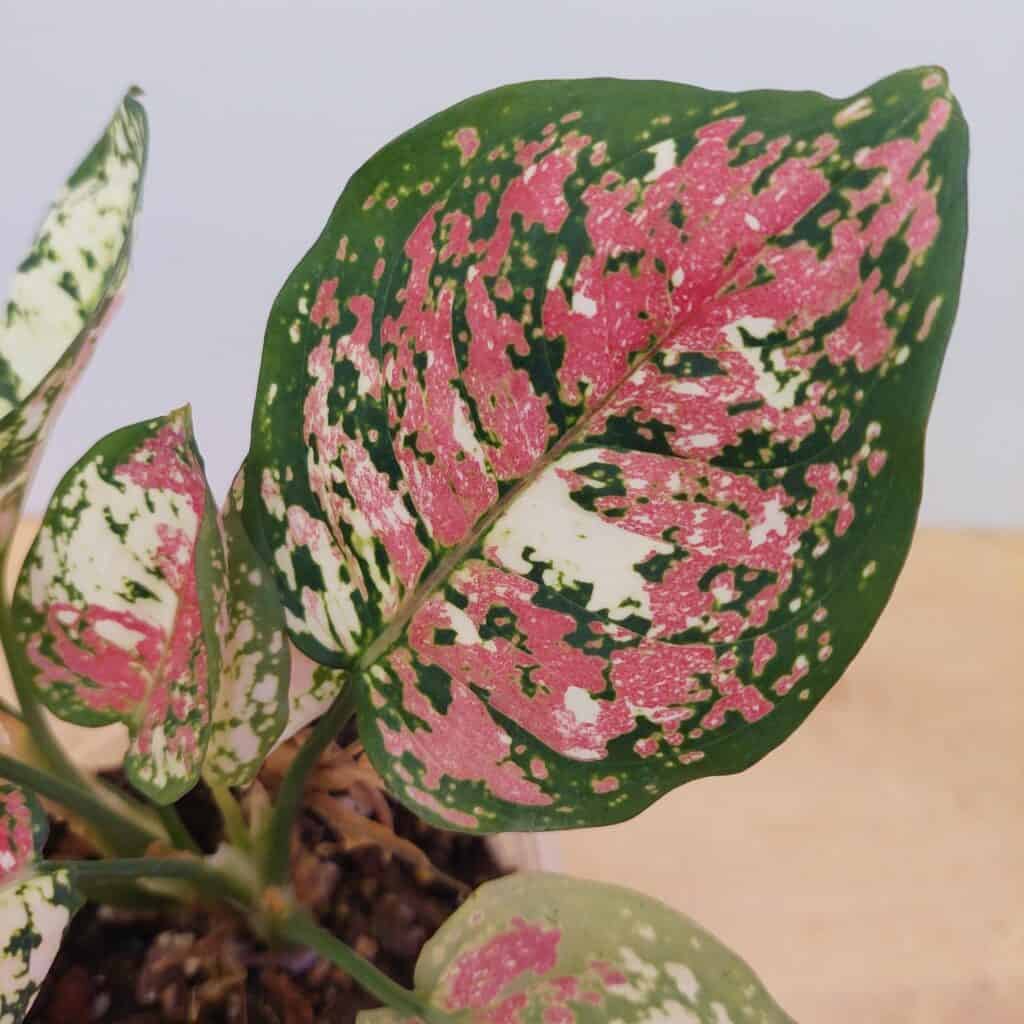
Common Problems and Solutions for Aglaonema Plants
Yellowing leaves: Often caused by overwatering or poor drainage. Check the soil and root system.
Leaf browning or crisping: Usually due to low humidity, inconsistent watering, or too much direct light.
Pest issues: Aglaonemas are generally pest-resistant, but spider mites or mealybugs can occur. Wipe leaves with a damp cloth and treat with neem oil or insecticidal soap if needed.
Choosing the Right Aglaonema Variety for Your Home
There are many Aglaonema varieties with diverse looks—from classic green types like Aglaonema Maria to colorful cultivars like Siam Aurora, Pink Stardust, Red Valentine, and Lotus Delight.
For low-light conditions, go with deeper green varieties. If you want a bright, tropical feel, try pink or red variegated types, which shine under better lighting.
Frequently Asked Questions About Aglaonema Care
Q: Can Aglaonema live in low light?
A: Yes! Green varieties do well in low light. Brighter varieties prefer more filtered light to maintain vibrant colors.
Q: How often should I water an Aglaonema?
A: About once a week during the growing season, or when the top inch of soil feels dry.
Q: Is Aglaonema toxic to pets?
A: Yes, Aglaonemas are toxic to pets if ingested. Keep them out of reach of curious cats and dogs.
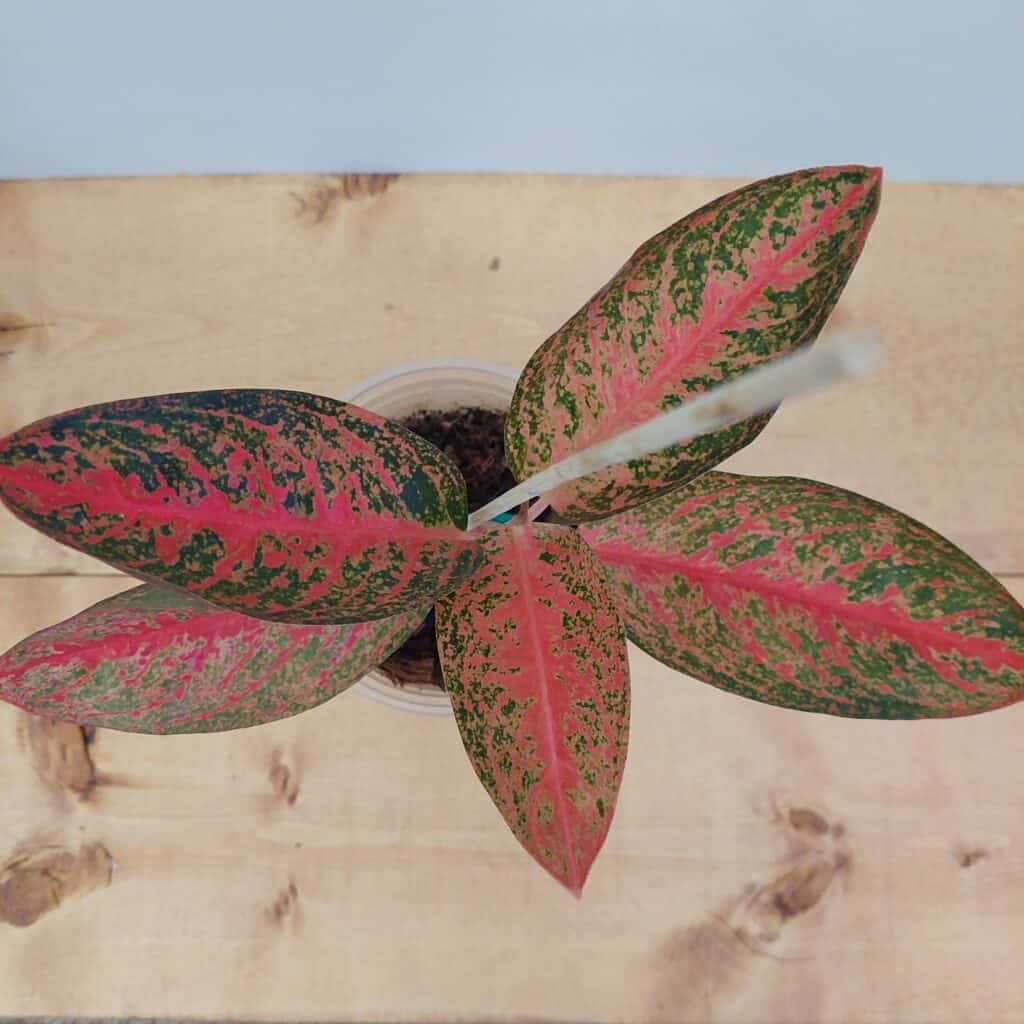
Conclusion: Mastering Aglaonema Care
Aglaonemas are beautiful, forgiving houseplants that combine exotic looks with ease of care. With the right balance of light, water, and humidity, they’ll thrive and bring long-lasting beauty to your indoor space.
Explore our full care guide library for more tips on other rare and tropical plants, and let your indoor jungle thrive with confidence.



 ALL PLANTS
ALL PLANTS Aglaonema
Aglaonema Alocasias
Alocasias Anthuriums
Anthuriums Monstera
Monstera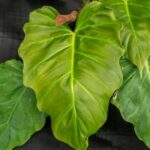 Philodendrons
Philodendrons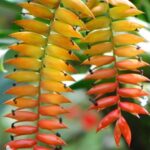 Rare & Exotic Plants
Rare & Exotic Plants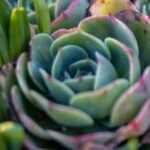 Succulents & Cacti
Succulents & Cacti Beginner
Beginner Intermediate
Intermediate Expert
Expert Low Light
Low Light Bright Indirect
Bright Indirect Direct Sun
Direct Sun New Arrivals
New Arrivals Best Sellers
Best Sellers On Sale
On Sale